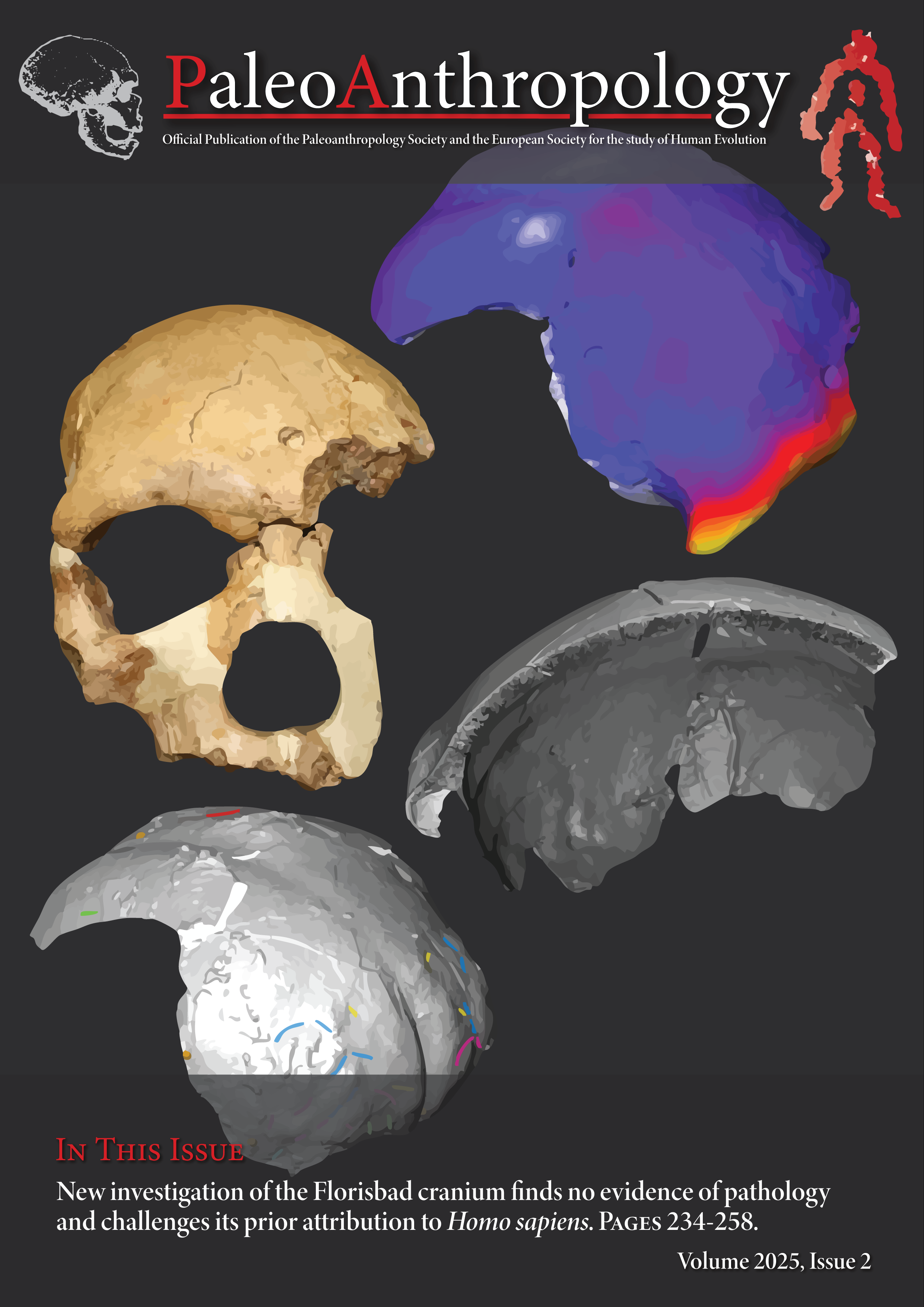Nomenclature and Taxonomy of Chibanian Hominins Special Issue: What’s in a Name? Late Middle and Early Late Pleistocene Hominin Systematics
Main Article Content
Abstract
Deciphering the taxonomic and evolutionary relationships among hominin fossils of the Chibanian (ca. 774–129 ka) is challenging. This difficulty stems from biological factors such as mosaic patterns of morphological change, evolutionary factors such as complex geographical patterns of gene flow, and practical difficulties arising from the large number of taxonomic names ascribed to Chibanian fossils. Drawing on Origins, a new information framework for paleoanthropology, this paper reviews the nomenclatural status of more than 30 taxa associated with Chibanian fossils. Among the proposed names, the review identifies 6 as unavailable (including two previously considered available), 5 as objectively invalid, and 21 as potentially valid. The analysis reveals ambiguity in the International Code of Zoological Nomenclature (ICZN) regarding conditional names and proposes a new principle for addressing these cases. Although H. rhodesiensis is among the potentially valid names, ethical considerations warrant its discontinuation. However, this creates nomenclatural instability, particularly for hypotheses regarding Chibanian taxa in Africa and Europe. To resolve this instability, developing a List of Available Names for Tribe Hominini under Article 79 of the ICZN is recommended.

